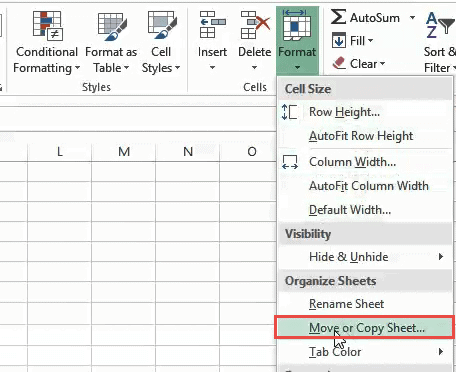5 Ways to Remove Duplicates in Excel Sheet 2008

Excel 2008 on Mac, although an older version, still has a suite of tools that can help you manage your data effectively. One common task that users often need to perform is removing duplicates from an Excel sheet. Here are five different ways to tackle this task:
1. Using Excel’s Built-in Feature

Excel 2008 provides a straightforward method to remove duplicates:
- Select the column or range where you want to remove duplicates.
- Go to the Data tab in the toolbar, and click on Remove Duplicates.
- In the dialog box, specify the columns to check for duplicates, and then click OK.
- Excel will remove the duplicate values and inform you how many duplicates were removed.
💡 Note: This method only removes rows that have exact matches in all columns selected.
2. Conditional Formatting to Highlight Duplicates

If you prefer to keep your data intact but visually identify duplicates:
- Select the range of data you want to analyze.
- Go to Format > Conditional Formatting > New Rule.
- Choose Use a formula to determine which cells to format.
- Enter the formula:
=COUNTIF(A2:A100,A2)>1assuming your data starts in row 2. - Set the format to highlight duplicates, then click OK.
🔍 Note: This doesn’t delete data but helps you see where duplicates are for manual removal.
3. Advanced Filter for Unique Records

This method uses Excel’s advanced filtering capabilities:
- Select your data range.
- Go to Data > Filter > Advanced Filter.
- Choose to filter the list in place or copy to another location.
- In the Advanced Filter dialog, select Unique records only and press OK.
🌟 Note: This method allows you to see unique records without altering the original data.
4. Using Formulas

You can use formulas like COUNTIF or COUNTIFS to identify duplicates and create a helper column for removal:
- In a new column, use the formula like
=IF(COUNTIF(A2:A100,A2)=1,“Unique”,“Duplicate”). - Filter or sort the data based on this new column to identify duplicates for manual removal.
📊 Note: Formulas can be more time-consuming but offer flexibility in how you manage duplicates.
5. VBA Macro

Create a VBA macro to automate the process of removing duplicates:
- Open the VBA Editor by pressing Option + F11.
- Insert a new module (Insert > Module), and paste the following code:
Sub RemoveDuplicates()
Dim rng As Range
Set rng = ActiveSheet.UsedRange
rng.RemoveDuplicates Columns:=Array(1, 2), Header:=xlYes
End Sub
👨💻 Note: Macros are powerful but require some understanding of VBA. Ensure you back up your data before using macros.
In summary, Excel 2008 offers several methods to remove duplicates, catering to different needs and skill levels. Whether you choose the built-in feature for a quick cleanup, conditional formatting to visually assess your data, advanced filters for non-destructive unique record listing, formulas for dynamic management, or a VBA macro for automation, each method has its advantages. Selecting the right tool depends on your specific needs, the structure of your data, and your comfort with Excel’s functionalities. By mastering these techniques, you can ensure your Excel sheets are clean, efficient, and free from unnecessary repetition.
What is the quickest way to remove duplicates in Excel 2008?

+
The quickest method is using Excel’s built-in ‘Remove Duplicates’ feature, accessible from the Data tab.
Can I undo the removal of duplicates in Excel?

+
No, Excel doesn’t provide an automatic undo feature for removing duplicates, so always make a backup before performing this action.
Is there a way to remove duplicates without affecting the original data?

+
Yes, by using conditional formatting or the advanced filter option, you can highlight or filter for unique records without deleting any data.



